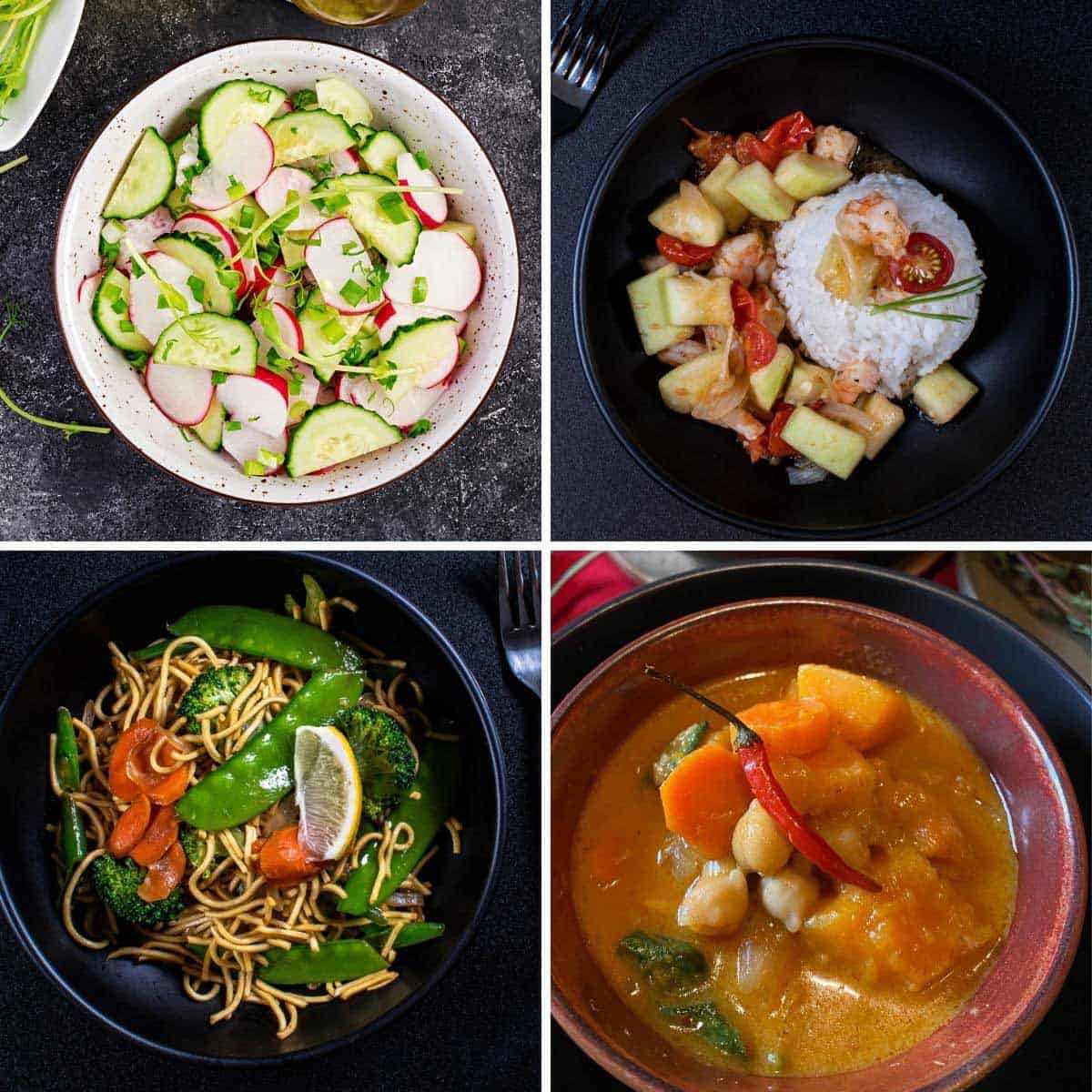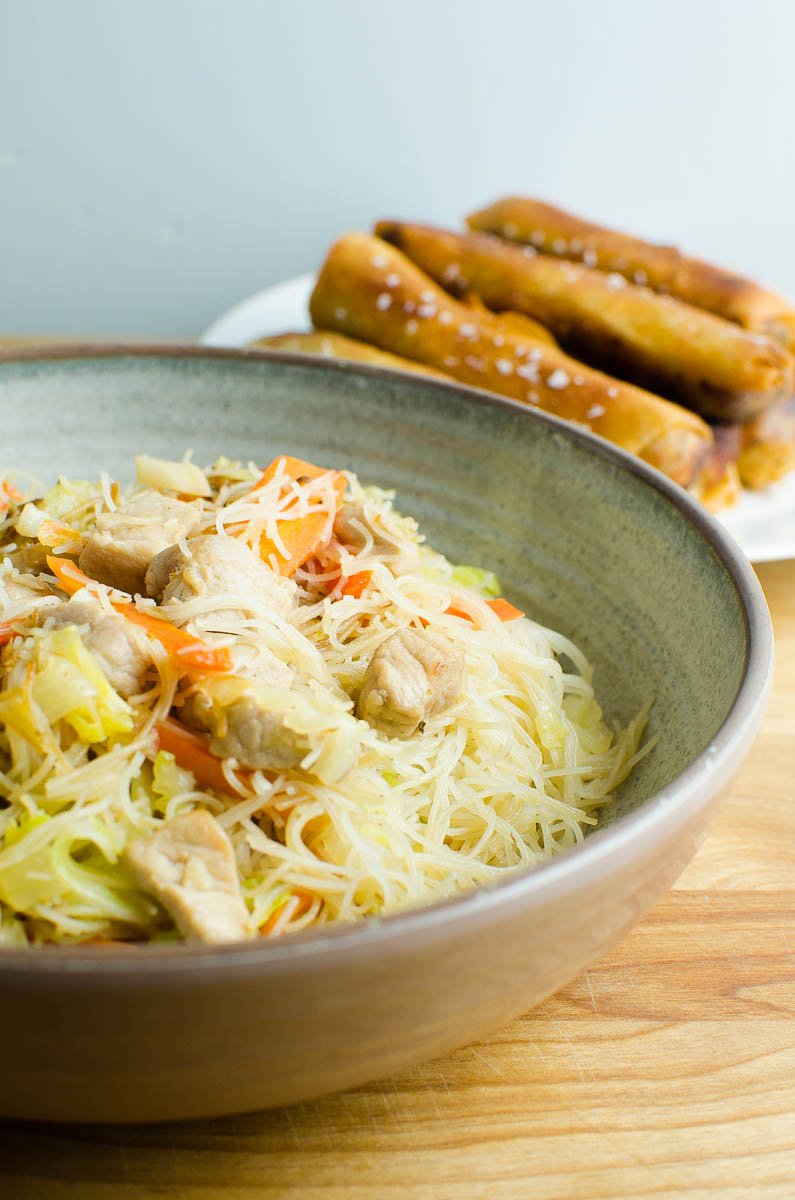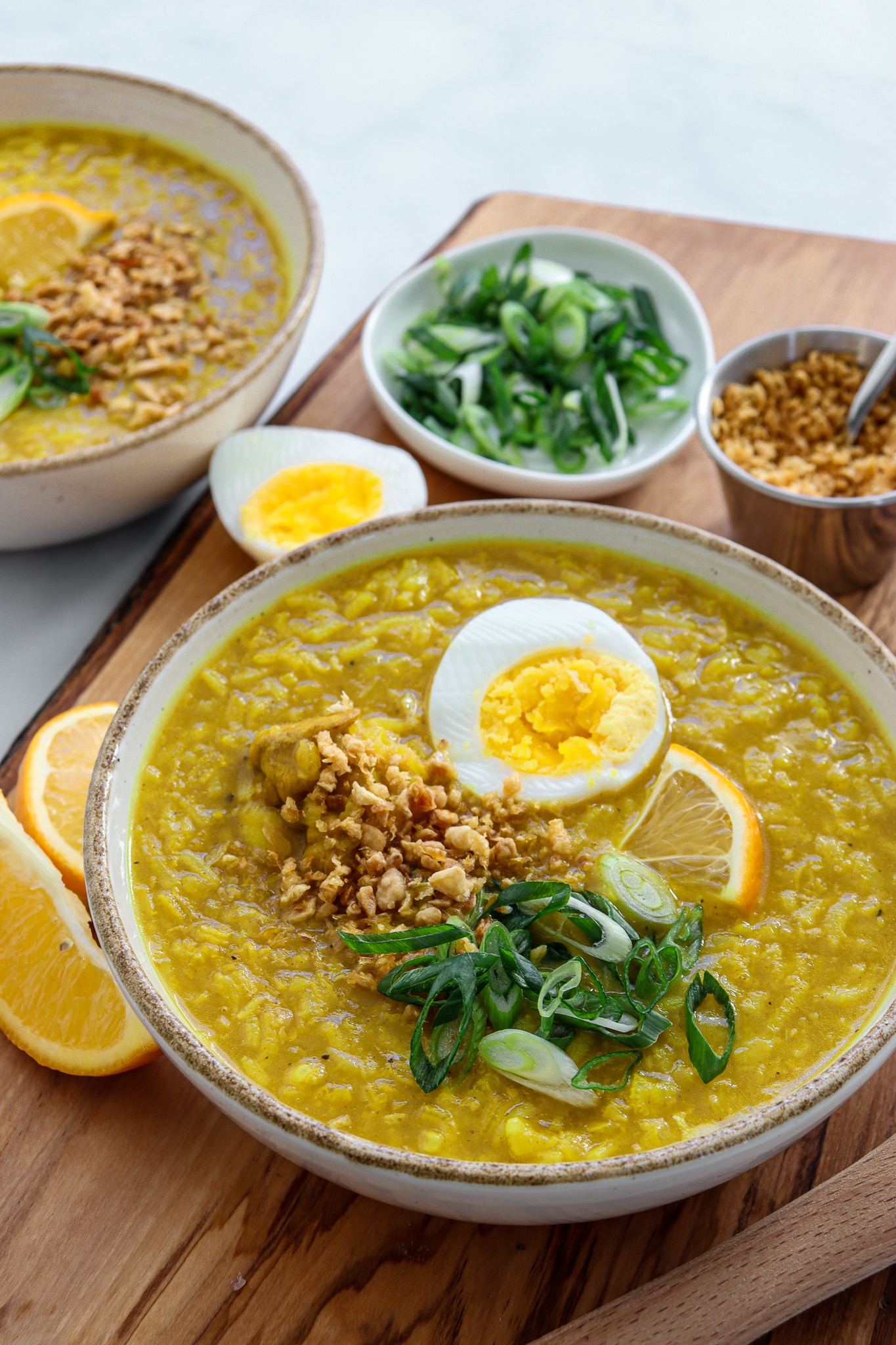Enjoy the Art of Traditional Filipino Food Recipes.
Enjoy the Art of Traditional Filipino Food Recipes.
Blog Article
Discover the Rich Preference of Filipino Food With These Must-Try Recipes
Filipino cuisine offers an amazing tapestry of tastes that reflect the nation's abundant cultural heritage. Each meal tells a tale, from the tasty deepness of Adobo to the refreshing flavor of Sinigang, inviting culinary enthusiasts to check out a diverse array of preferences.
Adobo: The Famous Recipe
Adobo has emerged as the essential recipe of Filipino food, fascinating palates both in your area and abroad. This beloved meal is characterized by its one-of-a-kind combination of savory, sour, and a little wonderful tastes, attained through a thorough marination procedure. Commonly, adobo is prepared using chicken or pork, although variations exist that incorporate seafood and veggies.
The essential components of adobo consist of soy sauce, vinegar, garlic, bay leaves, and black pepper, which with each other develop a rich and aromatic sauce. The cooking approach commonly entails simmering the meat in the sauce, permitting it to take in the complex flavors while softening. This procedure not only enhances the preference but additionally serves as a natural chemical, making adobo a perfect recipe for storage.
Adobo is usually served with steamed rice, which enhances its robust taste profile. Whether appreciated at home or in dining establishments, adobo continues to be a staple that embodies the essence of Filipino hospitality, making it a must-try for anyone exploring this vibrant food.

Sinigang: A Tangy Delight
One more cornerstone of Filipino food is sinigang, a dish commemorated for its distinctive appetizing taste. This mouthwatering soup is traditionally made with a selection of meats, including pork, beef, shrimp, or fish, and is defined by its sour brew, which usually stems from tamarind, eco-friendly mango, or calamansi. The equilibrium of level of acidity and umami creates a revitalizing comparison that is both reassuring and stimulating.
Sinigang is frequently enriched with a variety of fresh vegetables such as radish, eggplant, water spinach, and string beans, adding not just to the dish's flavor profile however also to its dietary value - Filipino food recipes. Each household may have its very own variation, with local variations that show local ingredients and social impacts
The prep work of sinigang includes simmering the chosen meat till tender, adhered to by the enhancement of the souring representative and vegetables. This approach permits the flavors to fuse beautifully, causing a passionate and rewarding dish. Commonly served with fit to be tied rice, sinigang symbolizes the essence of Filipino hospitality and is a beloved staple, typically appreciated during family gatherings and special celebrations.
Lechon: The Cheery Roast
Lechon, often regarded as the index focal point of festive Filipino celebrations, is a succulent roasted pig understood for its crunchy skin and tender, flavorful meat. This renowned meal is deeply rooted in Filipino society, often enhancing tables during birthdays, weddings, and substantial holidays. The prep work of lechon is an art type, requiring precise attention to detail, from seasoning the pig with a blend of spices to ensuring an also roast over an open fire or in a specialized stove.
Generally, the pig is skilled with a blend of salt, pepper, and neighborhood natural herbs, giving an abundant flavor that matches its all-natural juiciness. The cooking procedure can take several hours, throughout which the skin transforms right into a perfectly crispy layer, producing a wonderful comparison to the succulent meat beneath.
Lechon is commonly served with a side of liver sauce or vinegar dip, enhancing its tasty profile. It is not just a dish however a common experience, as friends and families gather around to enjoy this sumptuous recipe. The fragrance of lechon wafting via the air is an invite to delight, making it a beloved symbol of party in Filipino society.
Kare-Kare: Oxtail Stew
Kare-Kare, a rich and passionate oxtail stew, holds a special area in Filipino culinary custom, celebrated for its special flavor account and dynamic presentation (Filipino food recipes). This meal is identified by its luscious peanut sauce, which is developed by grinding roasted peanuts or utilizing peanut butter, offering it a luscious and nutty significance. Generally, kare-kare features tender oxtail, although variants might include tripe or beef shank, each adding to the stew's depth of taste
The preparation of kare-kare typically includes slow-cooking the meat till it becomes incredibly tender. The addition of a selection of veggies, such as eggplant, string beans, and banana hearts, not only boosts the stew's dietary value yet likewise its visual official website allure. Offered with a side of bagoong, or fermented shrimp paste, kare-kare perfectly balances its rich, savory notes with a salted kick.
Frequently taken pleasure in throughout unique occasions and family events, kare-kare embodies the significance of common dining in Filipino culture. Its wonderful intricacy and reassuring heat make it a dish that is not just pleasing to the taste but likewise evokes a feeling of nostalgia for lots of Filipinos worldwide.

Halo-Halo: A Sweet Treat
Halo-halo is usually considered the essential Filipino dessert, commemorated for its vibrant mix of structures and flavors - Filipino food recipes. This fascinating concoction is a best depiction of the Philippines' abundant culinary heritage, combining various ingredients that collaborate to create a rejuvenating and indulgent treat, especially throughout warm climate
At its core, halo-halo functions crushed Clicking Here ice covered with a range of components, including sweetened beans, jellies, fruits like bananas and jackfruit, and creamy leche flan. A generous scoop of ube (purple yam) ice cream crowns the mix, including a rich, creamy flavor that boosts the treat. The layering of ingredients not only develops a banquet for the eyes yet additionally provides a complicated interaction of sweetness and appearance in every dose.
Generally served in a glass, halo-halo motivates diners to mix the components prior to relishing. This common element boosts the treat's appeal, as each person's version can be distinctively tailored. Whether appreciated as a road food extravagance or a special occasion treat, halo-halo remains a precious symbol of Filipino society, welcoming every person to discover its delightful and varied flavors.
Verdict

Report this page